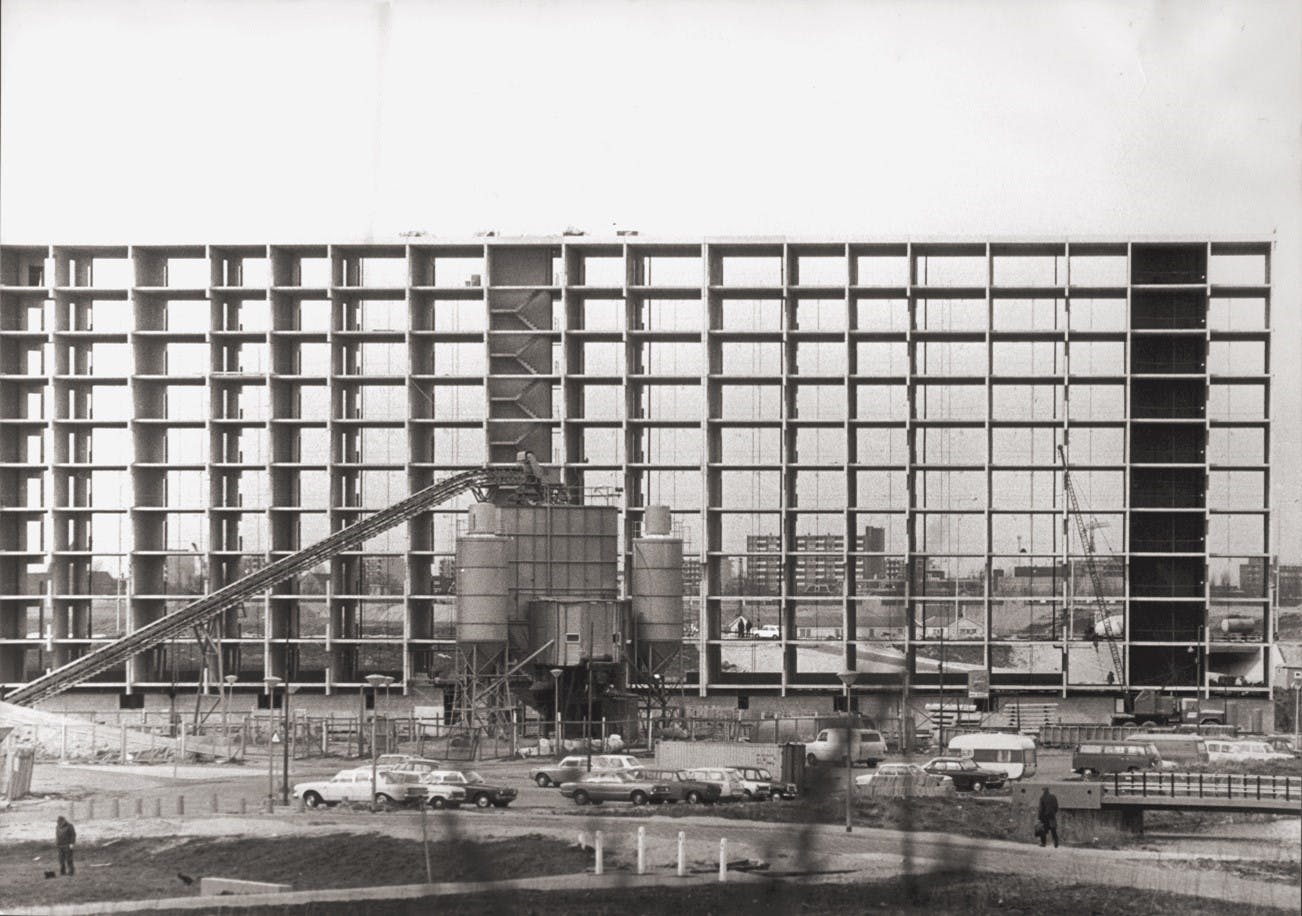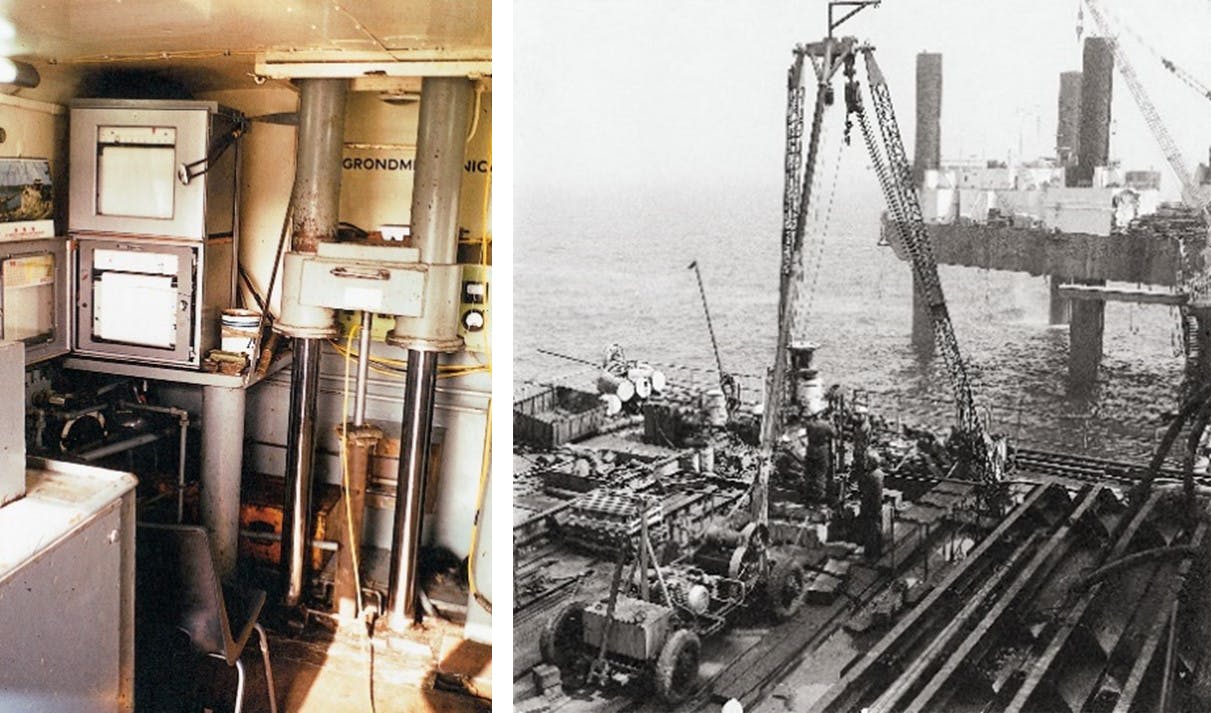Fugro in the 1960s
1962
Incorporation of Fugro by Kees Joustra
On 2 May 1962, a graduate civil engineer from Delft Polytechnic, named Kornelis “Kees” Joustra launches his own firm, whose name translates as Engineering Company for Foundation Technology & Soil Mechanics, in short, Fugro.
Most of the finance (95%) for this new business comes from Ab Schreuders, a main contractor director who provides the capital after reading Joustra’s handwritten one-page business plan.
Joustra is a visionary who recognising the untapped potential in the CPT technique. He silences sceptics who claim that the CPT technique has reached its limits by successfully combining the practice of soil analysis with the theory of advice on foundation design. Fugro, therefore, sought to operate at the top of the market as a soil investigation consultant, as both a price-setter and a trendsetter.
The first CPT order is for a motorway construction project in Belgium; the same year brings a second foreign order for CPTs in Curaçao.



1 / 3
Kornelis “Kees” Joustra, founder of Fugro
1966
Electric Friction Cone Penetrometer
Fugro’s electric friction cone penetrometer, a world first, becomes operational. The post-war reconstruction effort is a source of much work for Fugro in housing and in industrial projects in the port of Rotterdam.

In the sixties the Netherlands actively started house-construction - Fugro got to work
1967
Fugro's first offshore ground investigation project
Oil rigs start appearing in the North Sea, where enormous oil and gas fields have been discovered. Heerema is a Dutch construction company building oil rigs, and Fugro engineer Herman Zuidberg spends months performing experiments onboard Heerema’s ship to discover how best to drill in the North Sea for ground investigations to construct platforms.
Heerema recognises the need for an onboard laboratory and Herman happily installs one as our first offshore laboratory. Despite no laboratory experience, Herman gets to work on a small project from Shell.
1968
Moving offshore
Fugro’s undertakes CPTs on the seabed for the first time, as the friction cone penetrometer and inclinometer are operational on time to use offshore.

Data recorder for the electric fiction cone and Fugro’s first CPT at sea, Leman Bank (1968)

Our commitment to sustainability
For Fugro, sustainable business means that we continuously rethink what we do and how we do it





